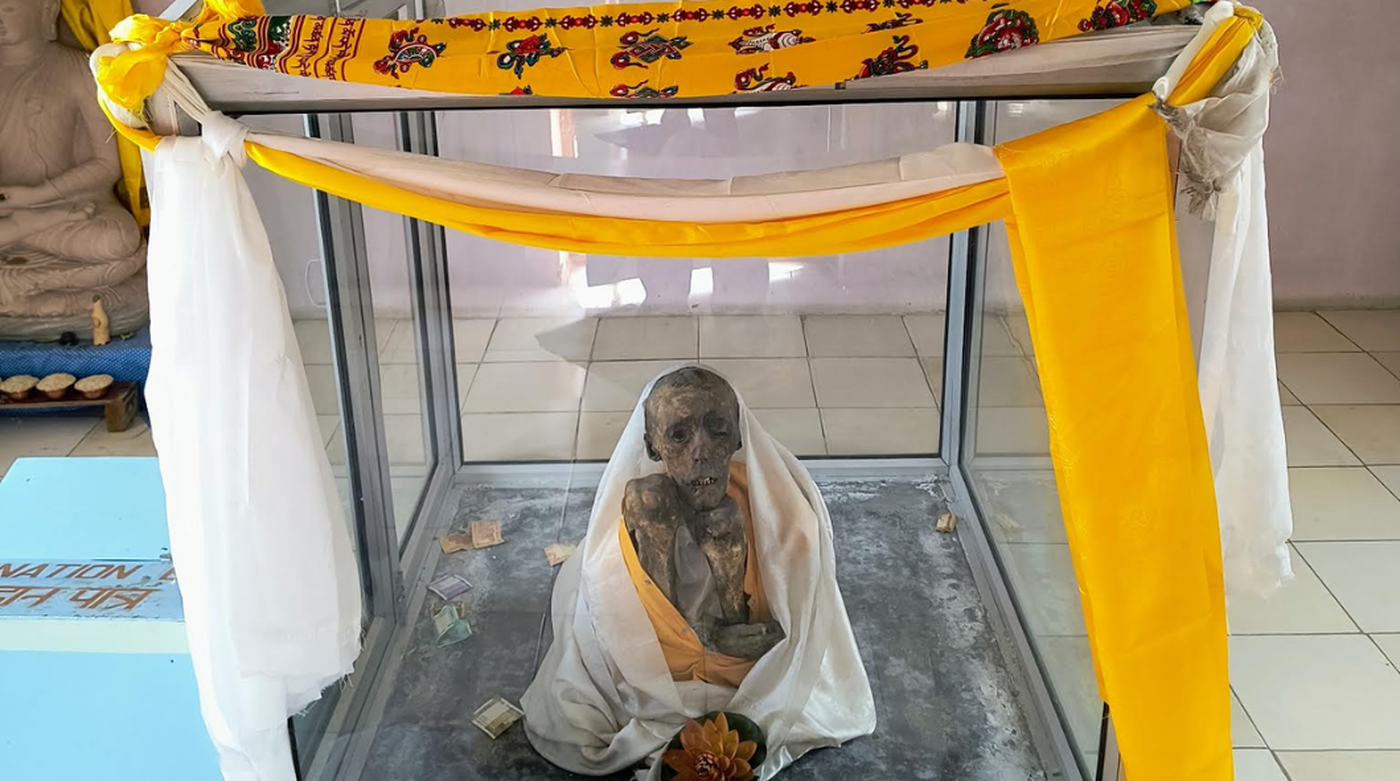Spiti Valley, located in the Lahaul & Spiti districts of Himachal Pradesh, is a breathtaking region that mirrors the arid landscapes of Ladakh and Tibet. Towns like Kaza and Tabo, situated over 3,500 meters above sea level, and even higher villages such as Cheecham, Losar, Kibber, and Hikkim, showcase the rugged beauty and harsh conditions of this high-altitude desert.
"Spiti": The Land in Between

The name 'Spiti' means 'the middle land', indicative of its location nestled between India and Tibet, and also refers to the Spiti River, a significant tributary of the Sutlej River.
Travel Routes and Necessary Permits

To reach Spiti, travellers can take the road from Shimla to Kaza, which is about 420 kilometres and generally accessible throughout the year. This route offers views of enchanting frozen waterfalls. Another route from Manali crosses the snow-laden Kunzum Pass but is only open from June to October. Foreigners visiting Spiti need an Inner Line Permit (ILP), which can be arranged online or via travel agents.
Where to Stay in Spiti
In Spiti, you can find a range of accommodations from homestays to hotels in towns like Kaza. The prices for these accommodations are usually between Rs 1,000 and Rs 3,000 per night, offering basic yet cosy places to stay during the harsh winter months.
The Challenges and Magical Beauty of Spiti

Winter in Spiti brings extreme cold, with daytime temperatures around -7°C and nighttime lows dropping to -23°C. The cold can cause physical discomfort like ruptured blood vessels and nosebleeds. However, the clear, pollution-free skies and potential sightings of snow leopards add to the magic of the season.
The Growing Concern of Climate Change
Global warming significantly impacts Spiti, reducing snowfall and subsequently affecting the summer water supply. This change is evident in the local communities, who often gather to pray for snow, unaware of the broader global actions contributing to their environmental struggles.
The 550-Year-Old Monk of Gue Monastery

At Gue Monastery near Kaza, visitors can see the naturally mummified body of Lama Sangha Tenzin, who passed away over 500 years ago while meditating. This mummy is preserved by the cold, dry conditions of Spiti and remains a profound testament to the valley's unique environmental conditions.
The Global Impact of Local Actions
As urban dwellers in busy cities like Delhi or Mumbai, it's important to consider how everyday actions, such as driving, contribute to environmental issues far away in places like Spiti. The pollution from cars exacerbates climate change, affecting remote regions globally.
This trip to Spiti is more than a journey; it's an eye-opening experience that connects the dots between our daily choices and their far-reaching effects on some of the world's most isolated and magnificent landscapes.








